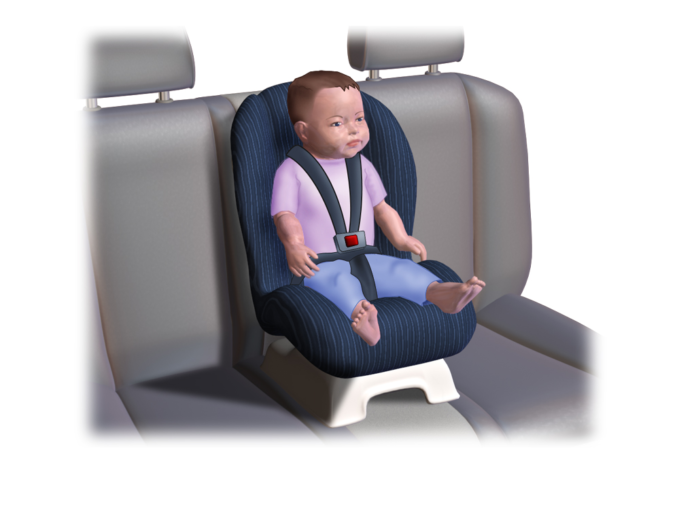In the United States, all states require children to be secured in a car seat or booster seat until they reach a certain height or weight. This is because it’s important for your child’s safety and health that they are properly restrained while riding in a vehicle. It’s also required by law.
You may be wondering why it matters what type of car seat or booster seat is required for children in each state. The answer is simple. Different types of car seats are designed to protect children at different stages of development, which means they have different height and weight limits. So if a child exceeds those limits before reaching their next stage, they could be seriously injured in an accident because their restraint system no longer protects them properly.
That’s why it’s important to understand what types of restraints are allowed by law where you live so that your kids will always be protected while riding in a vehicle. And don’t forget – even though some states allow certain types of restraints for older children, all states require infants and toddlers to ride rear-facing until they reach age 2.
Some states may require a car seat until the children outgrow their infant carrier’s maximum height or weight limit. This requirement applies regardless of whether the infant carrier has been approved as a rear-facing only model or as a convertible model with higher height/weight limits when used forward-facing.
Recommendations from different organizations may apply but only if your state does not have its own specific requirements regarding age, weight, height, or other factors that may affect whether a particular type of restraint is safe for use by a given child at any given time during their growth process (for example, many states allow rear-facing infant carriers beyond 1 year old).
If you do not see your state listed below please consult this website which has links directly into each individual state’s Department of Transportation website where you will find more information about local laws as well as for instructions on how best to install various types of restraints depending upon the size and age/weight range of your child.
Visit our blog section to learn more about the importance of following traffic and state laws.

Daisy is the engine behind Be-Safe.org — from content production to product reviews and more. What drives her is the passion to make home security information easily available.





